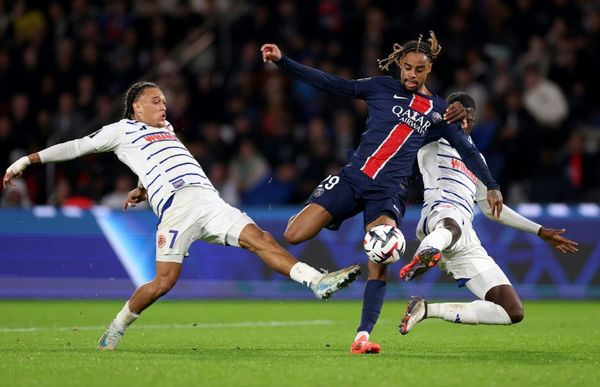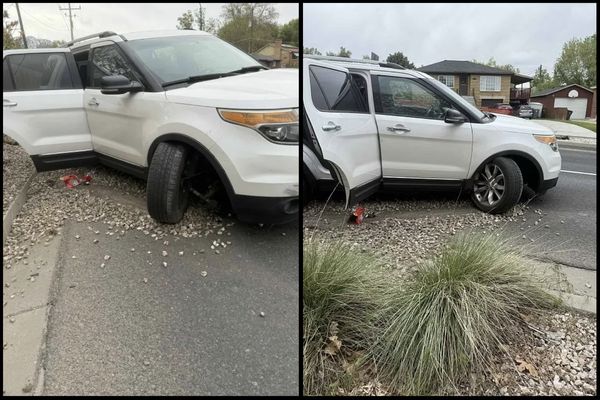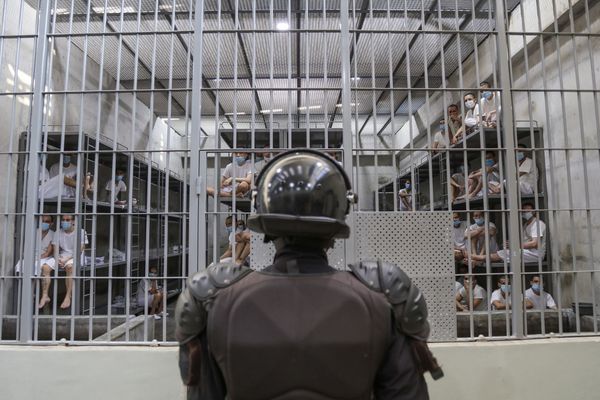The new LFP (lithium iron phosphate) battery pack may have given the Tesla Model 3 a range boost and the possibility to charge to 100% all the time, but it did have a noticeable negative effect on its performance. Officially, the Model 3 Standard RWD’s acceleration time to 60 mph (96 km/h) increased from 5.3 to 5.8 seconds.
But is the real-world difference that significant? Well, if you base your judgment solely on what you see in this video shot and published by ChargeGo, the answer would be a definite yes. After watching several head-to-head acceleration runs that see the newer 2022 Model 3 lag behind an older 2021 model, the difference is pretty clear.
Do keep in mind that this test was performed on public roads, so the results are far from scientific. In fact, we could attribute some of the newer Model 3’s apparent slowness to a difference in driver reaction times. Only during one of the runs (the one which commenced with a 30 mph rolling start) did the two drivers seem to have similar reaction times, and even then the older car immediately started to pull ahead.
After watching this video, we searched for a better, more accurate comparative acceleration test of these two models, but there doesn’t appear to be another video - if you know of one, let us know in the comments.
Tesla isn’t clear about why the newer Model 3 RWD is slower than the old car - the manufacturer’s explanation is quite vague and along the lines of ‘we took away some performance to give it better efficiency’ but it’s been said that it actually has a different motor (the standard P990, not the P980, which is the Performance rear motor).







